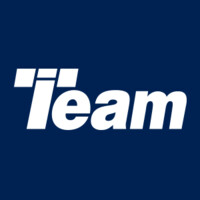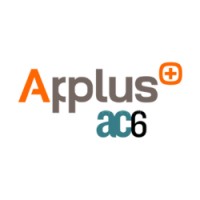
Team Corporation
Team Corporation designs, builds and delivers high-performance single and multi-axis vibration and shock test systems – as well as related components. The advent of vibration technology has resulted in the steady improvement in product quality, reliability, passenger comfort, and public safety. Vibration testing has become indispensable in assuring product quality, and Team Corporation, the pioneer and quality leader in this exacting field, has become the most trusted name in vibration testing. Since 1954, Team Corporation has contributed to the development of the world’s most advanced space, automotive, rail transportation, electronics, defense, packaging, telecommunications, seismic and oil exploration programs.






